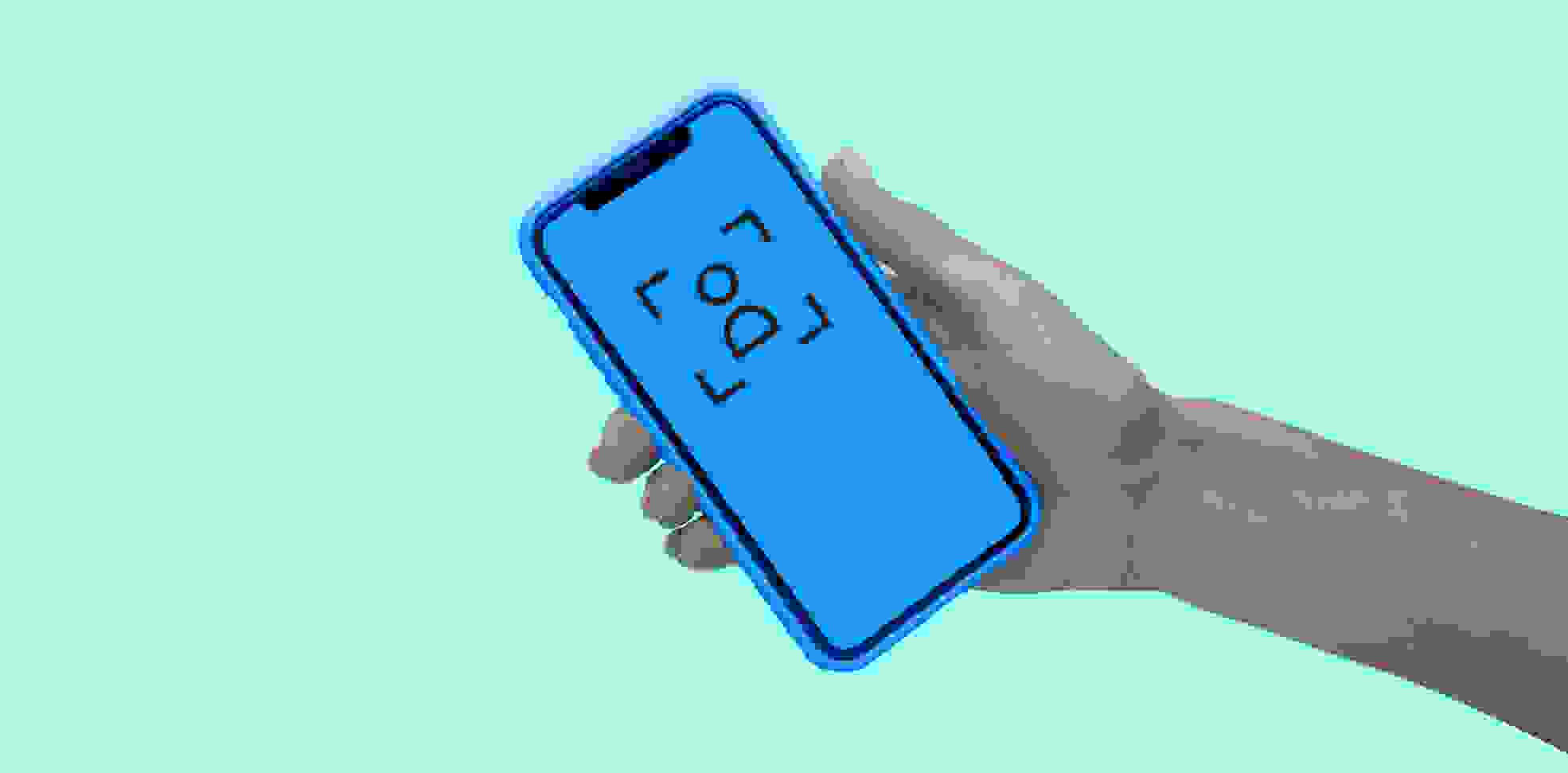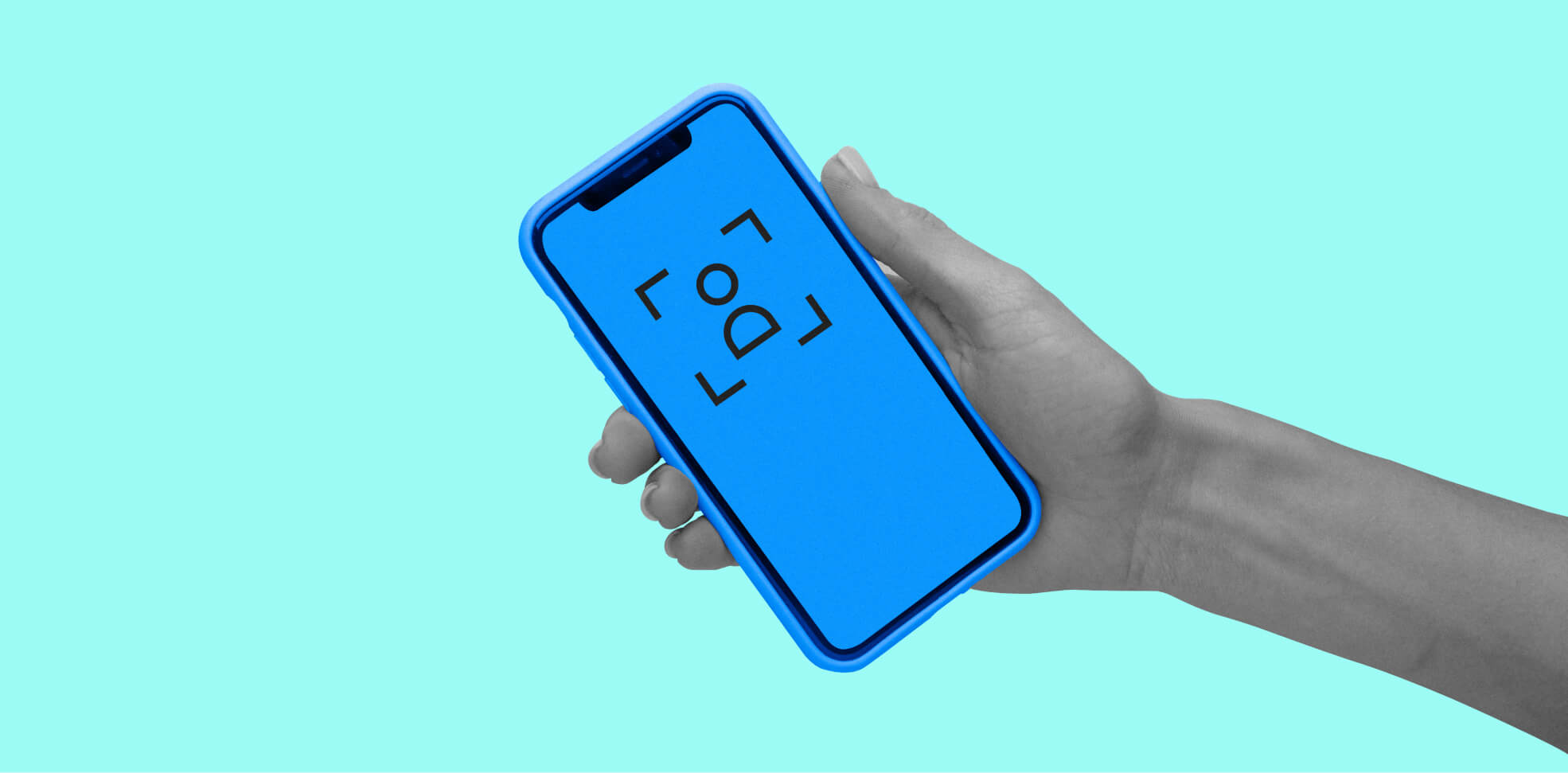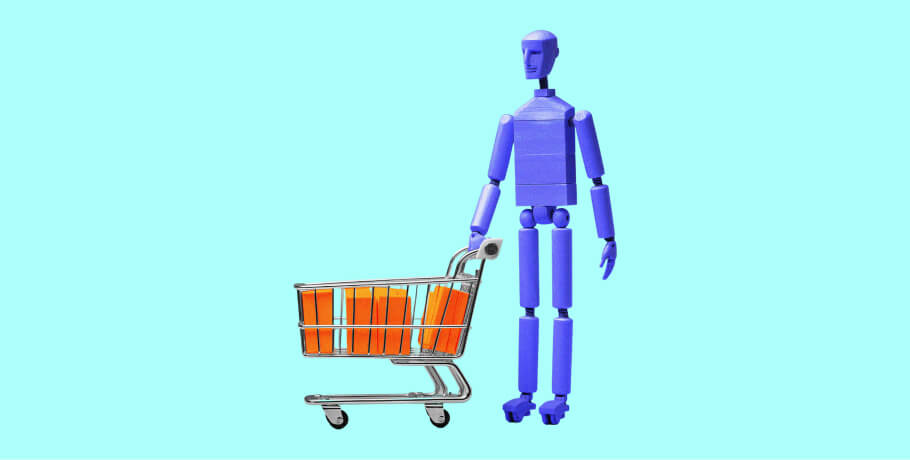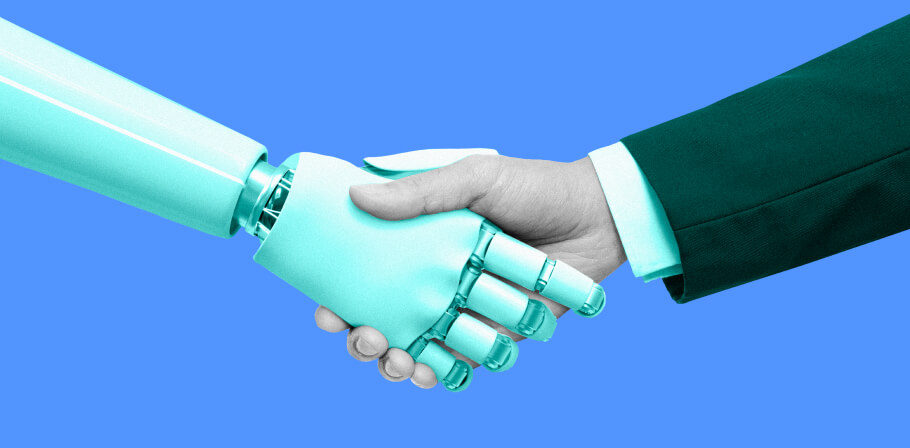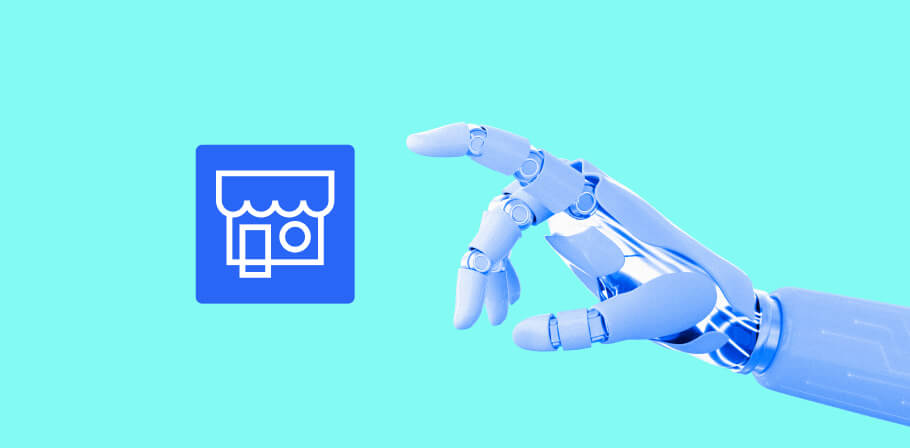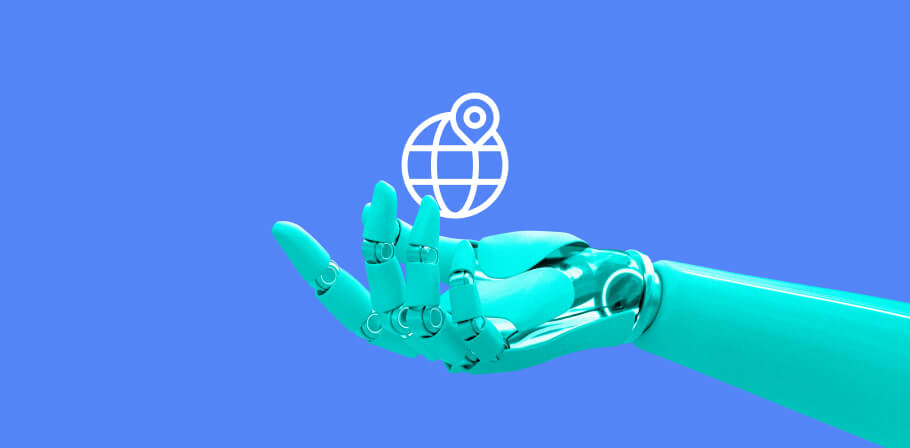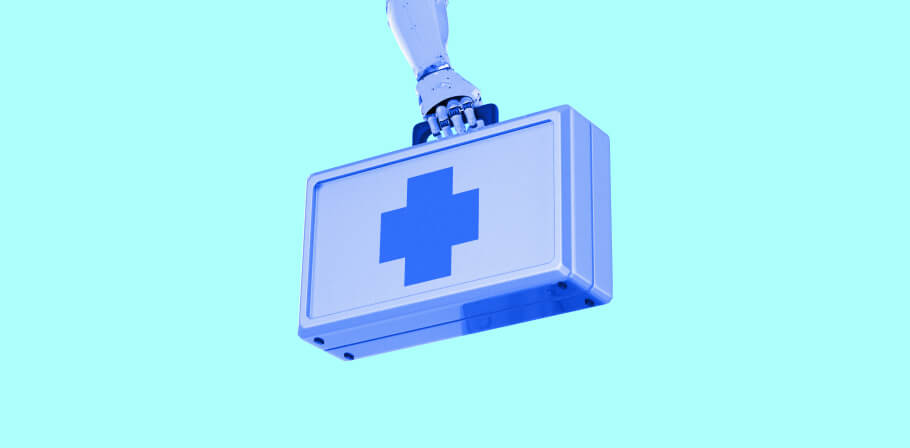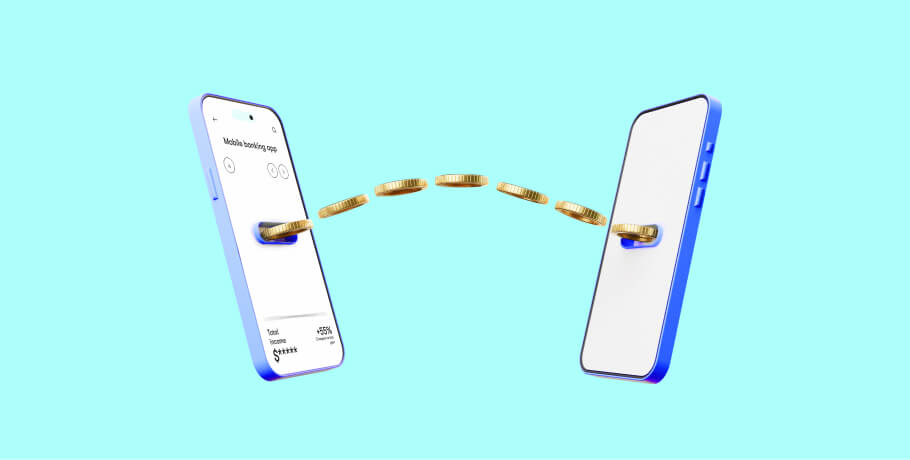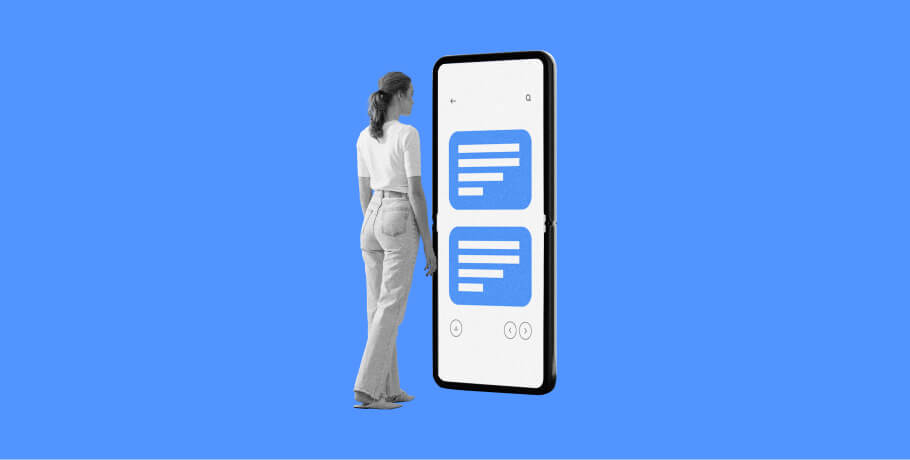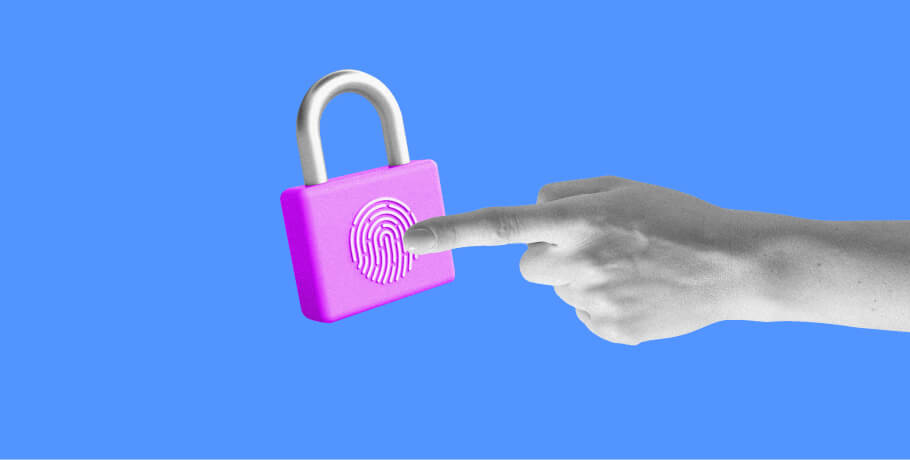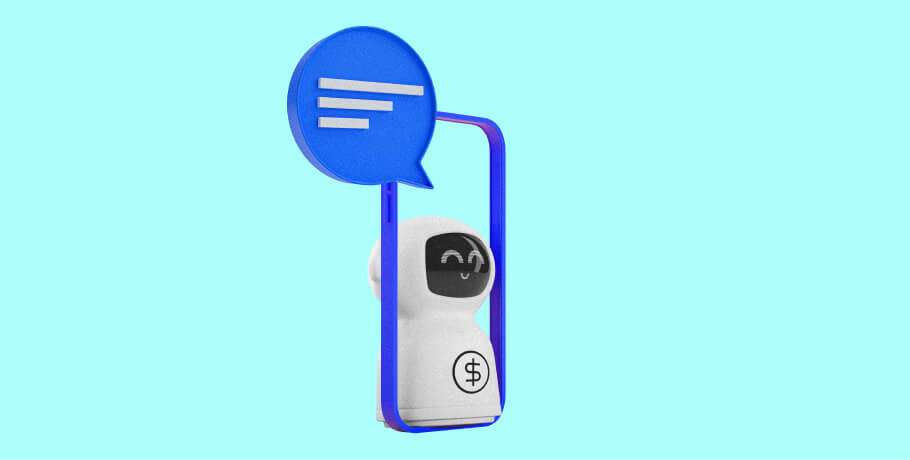How Does Image Recognition Change the Retail of Tomorrow?
Image recognition (IR) is, at its core, a solution to many problems that retailers face daily. While far from being a silver bullet, it dramatically increases employee efficiency, helps combat shrinkage, and adds new sales growth opportunities. Below, we’ll reveal how image recognition in retail helps push brick-and-mortar stores into a new age.
Classification
In IR, classification means determining the group the object belongs to. For instance, in a clothing store, it can be shirts, dresses, t-shirts, jeans, etc.
In practice, this means quick inventory audits, less workload on staff, and improved theft prevention. Computers can monitor stock and control the presence of items on the shelves, leaving your employees to handle person-to-person communication.
Tagging
Tagging is a more detailed version of the classification. Instead of assigning one label, it can assign multiple ones. For example, a pair of jeans is not just “jeans” — it’s “LEVI’s blue slim fit jeans model,” and so on.
This feature helps retailers both predict and determine shopping trends by collecting data about the kinds of items people buy. It also detects counterfeit products by picking out minor differences from genuine articles.
Segmentation
This is a close up of pixel-perfect detection of a certain object or objects in the picture. It allows virtual try-on of clothing, cosmetics, accessories, and other items, which improves user experience and decreases product returns. Other uses include face recognition (enabling contactless payment with one’s face as a proof) or detecting thiefs / confirming known shoplifters.
If you want to increase sales, prevent theft, or make shopping at your stores more fun, you need a team to implement your project. Go no further — contact us and schedule a free consultation
Technologies Behind Image Recognition in Retail
Real-time image recognition for retail requires several technologies working in tandem. Let’s go over each of them.
Artificial Intelligence (AI)
Artificial intelligence is a technology that uses machines for tasks typically performed by human brains. It includes everything from chess computers to voice assistants (Siri, Alexa, etc.) and search engines. The exact limits of the term are boundless and depend on what is considered cutting-edge.
With regard to image recognition, AI is used at every step: recognizing the items, improving itself, and making decisions based on collected data.
Machine Learning (ML)
Machine learning is a subset of AI that focuses on training artificial intelligences by feeding them large amounts of data.
It is at the core of image/object recognition for retail, as the systems are taught to detect specific items by “seeing” them in many pictures and comparing what they’ve learned with the physical things.
Deep Learning (DL)
Deep learning uses artificial neural networks (algorithms similar to the human brain) to emulate how a person would draw conclusions. As a result, the system learns faster and with less supervision, because it is able to make sense of unstructured data.
IoT
The Internet of Things is an umbrella term for all Internet-connected devices. IoT in retail is an integral part of image recognition. Most IR tasks are cloud-based — performed on remote servers accessed over the Internet. This means that the individual devices or their network should be connected to the Web to do their job.
Python
Python is the third-most-popular programming language in the world. It is praised for its accessibility and user-friendliness. But with respect to IR, it is mostly used by experienced developers for writing machine learning software.

Benefits of Image Recognition for Retail
Image recognition for retailers is a way to significantly improve several aspects of their businesses: enhance the shopping experience, fight counterfeits, gain reliable data, and optimize staff expenses. In this section, we will show you how.
Level up your customer experience
Pleased customers mean a better bottom line — this is common sense, as well as scientifically proven fact. By using image recognition, you will be able to entice more people to buy and keep what they bought, without returning items in a fit of buyer’s remorse.
Tracking people is a part of Amazon Go, the cashierless stores that let people take what they want and leave — the system will charge them to their mobile phones. More than 80% of shoppers enjoyed this kind of service, with the relatively small stores earning millions of dollars annually.
Reduce staff dependence
With retail image recognition technology, your staff will be much more productive because machines will handle many of the routine tasks. This means you won’t have to hire as many people as before.
For example, IR-powered cameras will ensure planogram compliance, monitor the shelf availability of products, and even automatically order restocking. The workers will be able to spend their time assisting customers.
Provide reliable data
Image recognition technology in the retail industry allows you to gather and analyze large amounts of information. It can then be processed by AI and assist in decision-making.
For instance, if your system sees that the customers tend to buy more black motorcycle helmets, you can adjust your stock. If you see that shoppers have to wait before someone could help them make a choice, you can hire additional employees and earn some customer goodwill.
Detect counterfeit goods
Image recognition can protect you from lawsuits and buyer outrage by helping detect counterfeit items before they make it to the shelves. If you are a manufacturer, this is even more important. Over $500B in goods on the world market are fakes, so the issue is very serious.
AI-powered cameras are more attentive than any human. The most advanced ones can detect fakes with a 99.9% accuracy and much faster than a person could.
Virtual try-on
In the post-covid world, where shoppers are picky about what they touch, this technology is a must-have for certain niches, e.g. cosmetics or clothing. By helping people accurately test goods without touching them, you make shopping more convenient, decrease returns, and position yourself as a modern, high-tech company. Virtual try-on can take many forms; for example, smart mirrors in stores or mobile apps. But image recognition is an integral part of it in all cases.
The most notable companies using this technology include Ulta, which increased its brand engagement by 700%, and Adidas, which decreased returns by 36%.
Do you want to gain these benefits for your business? Shoot us a message and let’s discuss how we can help you
Challenges of Image Recognition in Retail and How to Address Them
There are certain technical issues that make image recognition in the retail market more complicated.
Occlusion
Having a computer recognize an object is hard. Having a computer recognize an object that is partially hidden is harder. This is a constant problem in an environment where people and items often move: shoppers get between each other and the cameras, employees replace the merchandise on the shelves and cover parts of it with their bodies, etc.
Viewpoint variation
Another problem is the different angles from which a camera can view an object. Ideally, your system should be able to recognize the product (e.g. a pack of chips) from the top, bottom, front, back, and various angles. Because that’s how the cameras in your stores will view the products, depending on their location and the merchandise placement on the shelves.
Deformation
Some products can change shape and still be perfectly sellable, e.g. folded and unfolded pants. This, however, presents a problem for a computer that can’t identify items as well as a person and needs guidance.
Lighting
The level of illumination and its corresponding angles could differ from place to place and depend on external factors (e.g. weather outside and movement of people within a store). However, the system should still reliably detect the items and their location.
Background clutter
It is easy to find a ring when it’s lying on an empty table. It is much harder if it is in a chest among many other things. As this is a problem for a human, it’s doubly so for a computer.
Fortunately, there is one cure for all these object detection issues: diverse datasets. If the photos that you use to train your system include ones in different lighting, from different angles, and with different occlusion levels, it will be able to recognize them much better. Ask your retail software development services provider to address this.

Use Cases of Image Recognition in the Retail Industry
This is how retail and image recognition software are commonly paired. All of these open up new growth opportunities through improving conversion rate, automating routine tasks, or upselling.
Search by image
Let your customers find what they want in your inventory faster and more reliably. The search will work not only on texts, but also on images.
ASOS, a fashion and beauty retailer, uses it in their StyleMatch app that helps users find products in the company that are similar to pictures that shoppers uploaded. This results in increased sales, as ASOS can entice more people to buy.
Product tagging
Automatically sort the items in your catalog. This will make them easier to manage, as well as easier to find and buy.
Diesel, the clothing company, uses automated product tagging to help their users find products faster and with more precision (e.g. by using tags like “3/4 sleeves,” “formal,” “collared,” etc.) This helps keep people buying from Diesel, instead of going to its competitors.
Similar product recommendations
If a user is looking at images of clutch bags, suggest alternative options and see an increase in sales.
Hopscotch, a children’s fashion store, uses such a recommendation engine to upsell to their customers.
Personalized product recommendations
Analyze the customer’s purchasing habits and recommend goods that they will likely buy.
Clarks, a footwear retailer, actively uses personalized recommendations to prevent cart abandonment and increase average order size.
Smart mirrors
Add high-tech virtual try-on experiences to your physical stores. With smart mirrors, people can reliably check out many items quickly — without touching any of them.
Adidas uses such mirrors in some shops to speed up try-on and prevent returns.
Foods and components recognition
Help people avoid items that they are allergic to or just plain don’t like. A camera can detect the “bad” components and potentially save the shoppers’ lives.
Walmart uses in-store foods and components detection to maintain only the good produce on their shelves.
Level up tourists‘ shopping wxperience
Direct shoppers toward iconic locations (Coliseum, Eiffel Tower, etc.), selling them items that they will treasure for years to come.
Marriott China uses facial recognition to let tourists sign in without waiting in lines, as well as get personalized recommendations.
Key Points to Remember when Implementing Image Recognition for Retail
Image recognition and retail are a natural fit, but you need to be aware of certain nuances.
Classification issues of image recognition
Image recognition systems require diverse datasets. Otherwise, they might not be able to detect objects in less-than-ideal conditions (bad lighting, weird camera angles, etc.). And even if your software can detect 99.9% of what you need, there is still room to cover corner cases.
Image recognition limits
You need to be aware that no image recognition system is perfect. Besides the inherent limitations of the system (e.g. due to its limited age), there are complementary issues that complicate matters. For example, low-quality images could be insufficient for the neural networks to work. The same might be true with over 80% occlusion, darkness, etc.
Hardware requirements
For your system to reliably work, it needs the corresponding cameras to produce quality images and for your servers (or your users’ mobile phones) to be able to process those images. Moreover, you will need space to store large amounts of data. All of these cost money. That said, this is an investment that will result in improvements for your business.
Free image recognition software — why or why not?
There are examples of free IR libraries and frameworks. However, you should consider their competitors, not jump for the free stuff. First, they are free to use, yes, but they still carry hidden costs: implementing them in your application, training them for your cases, etc. Second, they are more vulnerable to bad actors, as they are usually open-source — anyone can study their code.
Image Recognition in Retail Use Case with EPAM
One of the most impressive examples of EPAM's specialists flexing their image recognition knowledge was Itemize. They developed an app for both iOS and Android that could recognize receipts and structure the data from them. As a result, Itemize gained 2,500 users and recognition from Gartner, a major analytics company.
Conclusion
Image recognition is a powerful technology with a proven positive effect on retail. It improves sales, decreases returns, and makes shopping more fun, thus bringing companies repeat business. It is not perfect — occlusion, viewpoint variation, deformation, and other nuances can compromise its effectiveness. But if you account for them in advance and hire a skilled development team, you will be in a position to boost your business like never before.
Need a reliable technical partner for your image recognition needs? We’ll set you up with an experienced team — just schedule a call and receive a free consultation
FAQ

Since 2011, Dmitri has been helping business readers navigate the technology market through expert analysis and editorial work. At EPAM Startups & SMBs, Dmitri shows startups and SMBs across industries how to drive business value from their software engineering investments.
Since 2011, Dmitri has been helping business readers navigate the technology market through expert analysis and editorial work. At EPAM Startups & SMBs, Dmitri shows startups and SMBs across industries how to drive business value from their software engineering investments.
Explore our Editorial Policy to learn more about our standards for content creation.
read more